WASHINGTON — This week, Rep. Raúl M. Grijalva (AZ-07), Rep. Judy Chu (CA-28), Education and Workforce Committee Ranking Member Bobby Scott (VA-03), and Reps. Alma Adams (NC-12), and Greg Casar (TX-35) led 52 House Members in submitting a comment letter in support of the Occupational Safety and Health Administration’s (OSHA) proposed rule to protect workers from occupational exposure to extreme heat.
“As Members of Congress, we have been calling on OSHA for years to implement a national standard to protect indoor and outdoor workers from extreme heat and are extremely pleased with your leadership in moving forward with this proposed rule,” wrote the Members to Acting Secretary of Labor Julie Su and Assistant Secretary of Labor for Occupational Safety and Health Doug Parker.
The Biden-Harris Administration published a Notice of Proposed Rulemaking (NPRM), titled “Heat Injury and Illness Prevention in Outdoor and Indoor Work Settings,” in August 2024. This follows years of advocacy by these Members urging adoption of a federal heat standard for workers, including a letter Reps. Grijalva, Scott, Chu, and Adams led to the Department of Labor (DOL) in August 2021 urging the Department to undertake such a rulemaking.
At one point during the summer of 2024, close to one third of the entire U.S. population lived in areas with dangerous levels of heat. And researchers estimate that 2024 was almost certainly the world’s hottest year on record. According to the Bureau of Labor Statistics (BLS) Census of Fatal Occupational Injuries, 436 U.S. workers died from occupational heat stress between 2011 and 2021, an average of 40 per year. However, this is likely a significant undercount. By examining BLS data and other related research, Public Citizen estimates that occupational heat stress actually causes as many as 2,000 worker deaths and 170,000 worker illnesses and injuries annually in the U.S.
“These facts speak for themselves:” the Members continued, “workers are in grave danger from extreme heat, and as global temperatures continue to rise and summer heat waves become more severe, their lives are increasingly at risk. We are moved to act not just by the data, but by the many heartbreaking stories we have heard from our constituents and workers across the nation.”
This includes workers like Asunción Valdivia, a 53-year-old farmworker from California who tragically died of heat stroke in 2004 after picking grapes for 10 hours straight in 105-degree temperatures, and Esteban Chavez Jr., who was 24 years old when he died of heat stroke in 2022 after a day of making deliveries in Pasadena, California in an un-air-conditioned UPS truck while temperatures were in the upper 90s.
“These tragedies were preventable. The government and places of business must act with urgency to ensure not one more person dies in the workplace from heat stress,” wrote the Members.
The Members therefore thanked the Biden-Harris Administration for proposing the rulemaking and urged that the final rule be as protective of workers as possible and consistent with the standards outlined in the Asunción Valdivia Heat Illness, Injury, and Fatality Prevention Act of 2023 (H.R. 4897), a bipartisan bill cosponsored by 131 House Members that would have directed OSHA to establish a standard to protect workers from heat-related injuries and illnesses—providing statutory permanency and setting the minimum requirements for these protections.
This comprehensive standard must require employers to provide workers the following:
1) adequate hydration;
2) rest breaks;
3) areas for rest breaks that are shaded (in the case of outdoor work) or air-conditioned (in the case of indoor work);
4) medical services and training to address signs and symptom of heat-related illness; and
5) a plan for acclimatization to high-heat work conditions.
The Members further emphasized that an effective final rule must maintain the proposed rule’s inclusion of “clear, specific, evidence-based temperature thresholds for what constitutes hazardous heat—called “heat triggers”—for the purpose of triggering certain employer requirements to protect workers under the standard.” They stated that specific heat triggers will “provide employers with needed clarity and simplicity in determining when their workers are at risk from heat and what is required of them to mitigate that risk.”
“We urge OSHA to finalize a strong, enforceable rule…as soon as possible, to ensure robust and life-saving heat protections are finally put in place for tens of millions of vulnerable workers in every ZIP code. No one should be forced to risk their health and their life just to provide for their family,” the Members concluded.
Click here to read the letter.

